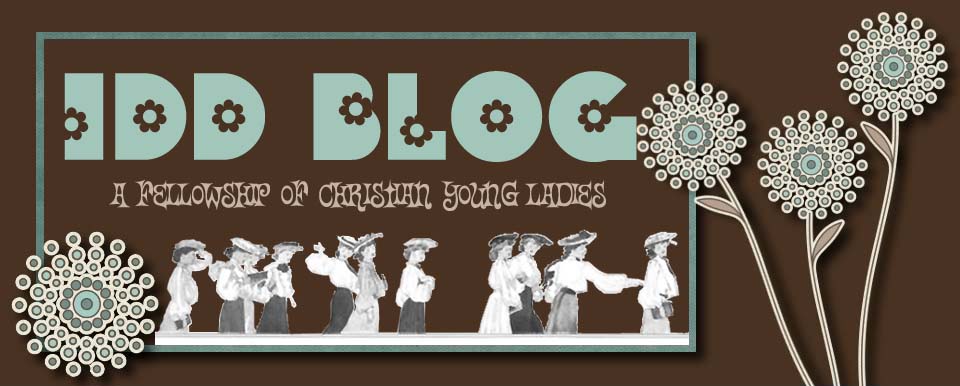Carl Linnaeus
Today's world is sadly short of role models. Pop culture and political fiascos dominate our society, leaving many people, especially the young, confused and at a loss as to where to turn. Many, like myself, turn to the past for our heroes.
As most of my fellow IDDiots know, I have a passion for studying and growing flowering plants. Recently my studies have lead me to discover my own personal role model, Carl Linnaeus, famous Swedish botanist of the 18th century.
Meet my hero:
 Carl Linnaeus was born 1775 to a Lutheran pastor and his wife. His father was an avid gardener, and passed on this trait to his son.
Carl Linnaeus was born 1775 to a Lutheran pastor and his wife. His father was an avid gardener, and passed on this trait to his son.
As a young man Linnaeus studied medicine, through which he gained much knowledge of the plant world. Botany was required study for doctors at that time, most medicines coming from plant material. He continued practicing and studying medicine all his life, at one point becoming physician to the Royal Swedish family. However, his greatest, though by no means only, contribution to science was the classification system he developed for plants and animals. We use this very system today, though it is somewhat modified. We've all seen it; to some it's merely the boring grid in our biology books… you know, stuff about kingdoms and species, who knows what that all means!
Well, this system was very needed and timely when Linnaeus first published it in a small pamphlet in 1735. He lived in an era when waves of men were traveling and exploring the world, bringing vast numbers of plants and animals to Europe that had never before been seen. Often, a scientist or explorer would give the plant whatever name struck him, or a very, VERY descriptive one, such as this whopper: Rosa sylvestris alba cum rubare folio glabro. Loosely translated, this name is "White wild rose with red, smooth leaves". Sometimes, one plant would receive more than one name because it was 'discovered' multiple times.
 See what I mean? Scientists needed help, and Linnaeus was just the man for the job. His system of classification was quickly accepted because it was so workable. More and more plants and animals we being discovered and studied all the time, and this 'tree' system with all its 'branches' was very workable, new names being added by adding new 'branches'.
See what I mean? Scientists needed help, and Linnaeus was just the man for the job. His system of classification was quickly accepted because it was so workable. More and more plants and animals we being discovered and studied all the time, and this 'tree' system with all its 'branches' was very workable, new names being added by adding new 'branches'.
Animals and plants were fitted into categories, not put in a continuum. Linnaeus strongly believed that plants and animals were made after their own kind, as the Bible says, not evolved as the theory beginning to gain popularity claimed. People today often think that the debate between creation and evolution has risen only in very recent times, but Linnaeus himself, over two hundred and fifty years ago, stubbornly insisted that all species were created separately in the beginning, and no new species have formed since creation.
 Linnaeus' original work "Systema Naturae" was expanded and reprinted many times during his lifetime. A few years before his death he was made a nobleman and given the name 'von Linne', denoting his nobility. His son, Carl, continued in the studies his father began, and took his position teaching at the university he founded. Today, his writings are considered some of the finest Swedish literature ever written. There are many more interesting aspect of Linnaeus. He was a poet, and scientist ahead of his time, a philosopher, a Christian who revered his Creator.
Linnaeus' original work "Systema Naturae" was expanded and reprinted many times during his lifetime. A few years before his death he was made a nobleman and given the name 'von Linne', denoting his nobility. His son, Carl, continued in the studies his father began, and took his position teaching at the university he founded. Today, his writings are considered some of the finest Swedish literature ever written. There are many more interesting aspect of Linnaeus. He was a poet, and scientist ahead of his time, a philosopher, a Christian who revered his Creator.
My personal favorite fact about this marvelous man is his life's motto, carved into a doorframe in his house.
"Innocue vivito, numen adest"
Live Righteously. The Deity is Present.








1 comments:
Good post Val!
Post a Comment